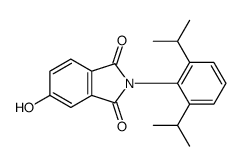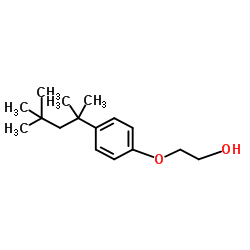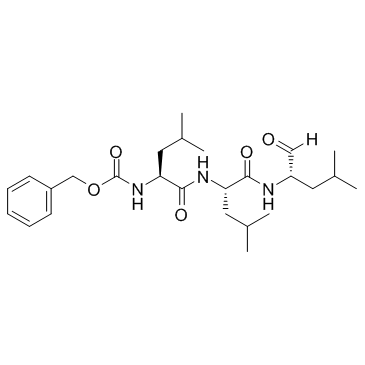| Structure | Name/CAS No. | Articles |
|---|---|---|
 |
Formaldehyde
CAS:50-00-0 |
|
 |
5HPP-33
CAS:105624-86-0 |
|
 |
2-(4-(1,1,3,3-Tetramethylbutyl)phenoxy)ethanol
CAS:2315-67-5 |
|
 |
MG-132
CAS:133407-82-6 |